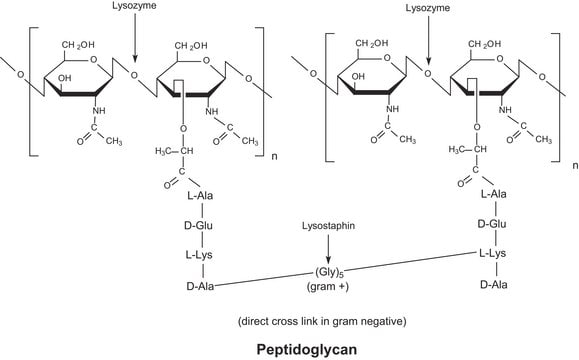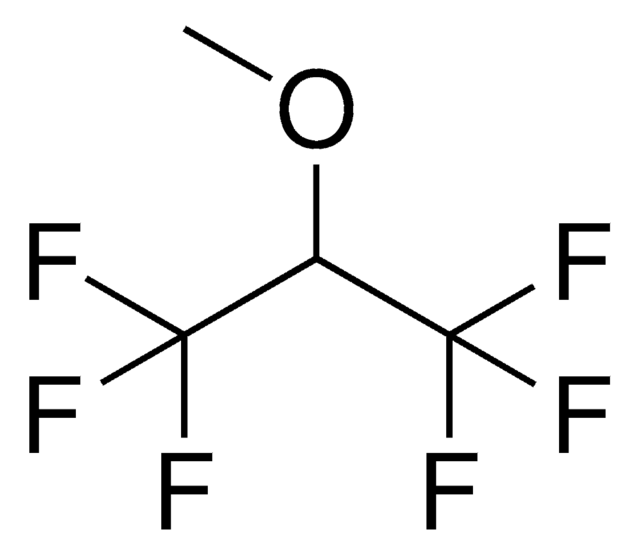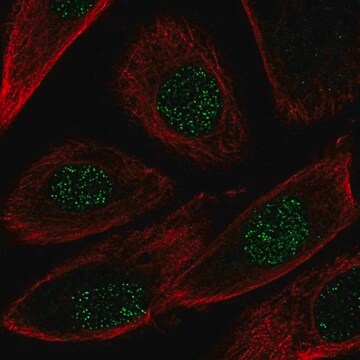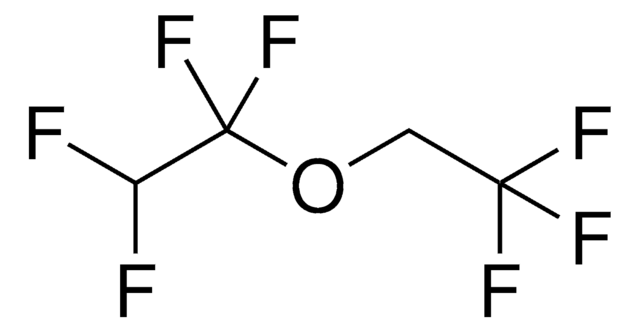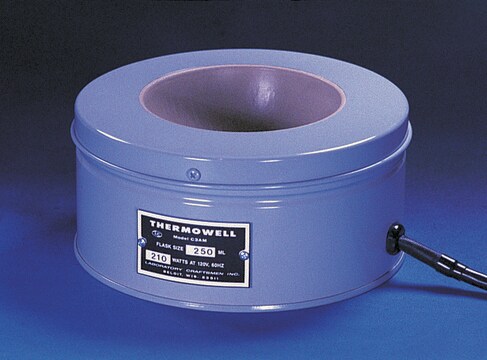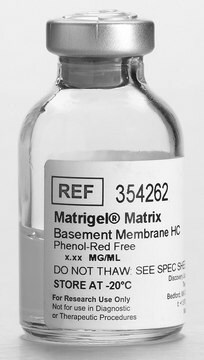推薦產品
產品名稱
Anti-Synuclein β Antibody, serum, Chemicon®
生物源
rabbit
品質等級
抗體表格
serum
抗體產品種類
primary antibodies
無性繁殖
polyclonal
物種活性
human, rat
製造商/商標名
Chemicon®
技術
immunohistochemistry: suitable
western blot: suitable
NCBI登錄號
UniProt登錄號
運輸包裝
dry ice
目標翻譯後修改
unmodified
基因資訊
human ... SNCB(6620)
特異性
Specific for beta-synuclein. Less than 0.1% cross reactivity against human alpha-synuclein.
免疫原
Synthetic peptide corresponding to the carboxyl terminal of human beta-synuclein (IEPLMEPEGSYEDPPQE).
應用
Anti-Synuclein Antibody, β is an antibody against Synuclein for use in WB, IH.
Immunohistochemistry: 1:500-1:2,000
Western blot: 1:500-1:2,000
Optimal working dilutions must be determined by the end user.
Western blot: 1:500-1:2,000
Optimal working dilutions must be determined by the end user.
Research Category
Neuroscience
Neuroscience
Research Sub Category
Neurodegenerative Diseases
Neurodegenerative Diseases
外觀
Rabbit serum. Lyophilized, no preservatives. Reconstitute with 50 μL of sterile distilled water. Centrifuge to remove any residue.
儲存和穩定性
Maintain lyophilized material at -20 to -70°C for up to 12 months after date of receipt. After reconstitution maintain at -20°C in undiluted aliquots for up to 6 months. Avoid repeated freeze/thaw cycles. Glycerol (ACS grade or better) can be added (1:1) for additional stability.
法律資訊
CHEMICON is a registered trademark of Merck KGaA, Darmstadt, Germany
免責聲明
Unless otherwise stated in our catalog or other company documentation accompanying the product(s), our products are intended for research use only and are not to be used for any other purpose, which includes but is not limited to, unauthorized commercial uses, in vitro diagnostic uses, ex vivo or in vivo therapeutic uses or any type of consumption or application to humans or animals.
未找到適合的產品?
試用我們的產品選擇工具.
儲存類別代碼
11 - Combustible Solids
水污染物質分類(WGK)
WGK 1
閃點(°F)
Not applicable
閃點(°C)
Not applicable
分析證明 (COA)
輸入產品批次/批號來搜索 分析證明 (COA)。在產品’s標籤上找到批次和批號,寫有 ‘Lot’或‘Batch’.。
Beta-synuclein occurs in vivo in lipid-associated oligomers and forms hetero-oligomers with alpha-synuclein.
E Israeli, R Sharon
Journal of Neurochemistry null
Divya Pathak et al.
eNeuro, 4(2) (2017-05-04)
Increased α-synuclein (αsyn) and mitochondrial dysfunction play central roles in the pathogenesis of Parkinson's disease (PD), and lowering αsyn is under intensive investigation as a therapeutic strategy for PD. Increased αsyn levels disrupt mitochondria and impair respiration, while reduced αsyn
Darren C Robertson et al.
Journal of neurochemistry, 89(5), 1126-1136 (2004-05-19)
The growing body of evidence suggests that intermediate products of alpha-synuclein aggregation cause death of sensitive populations of neurones, particularly dopaminergic neurones, which is a critical event in the development of Parkinson's disease and other synucleinopathies. The role of two
Michael K Lee et al.
Proceedings of the National Academy of Sciences of the United States of America, 99(13), 8968-8973 (2002-06-27)
Mutations in alpha-synuclein (alpha-Syn) cause Parkinson's disease (PD) in a small number of pedigrees with familial PD. Moreover, alpha-Syn accumulates as a major component of Lewy bodies and Lewy neurites, intraneuronal inclusions that are neuropathological hallmarks of PD. To better
Patricia A Trimmer et al.
Journal of neurochemistry, 88(4), 800-812 (2004-02-06)
Many models of Parkinson's disease (PD) have succeeded in replicating dopaminergic neuron loss or alpha-synuclein aggregation but not the formation of classical Lewy bodies, the pathological hallmark of PD. Our cybrid model of sporadic PD was created by introducing the
我們的科學家團隊在所有研究領域都有豐富的經驗,包括生命科學、材料科學、化學合成、色譜、分析等.
聯絡技術服務